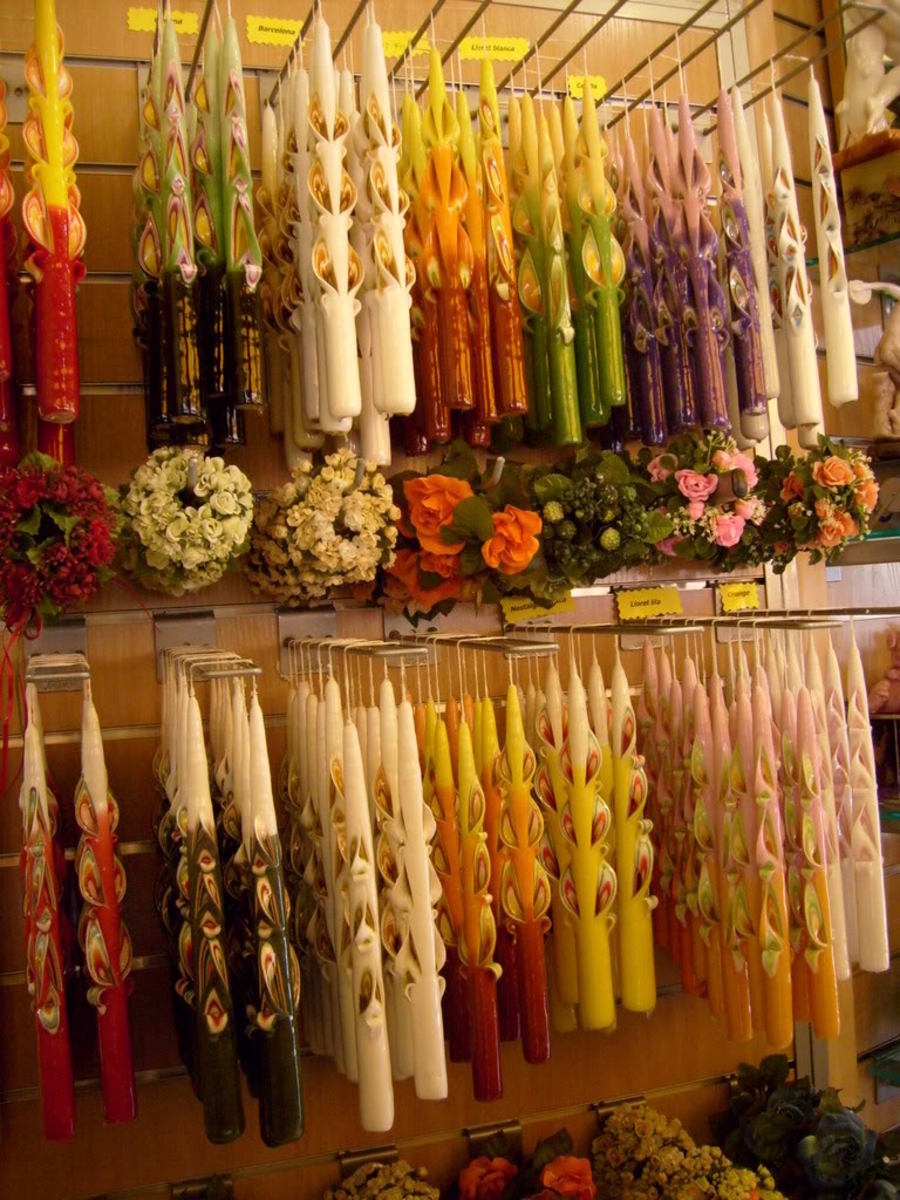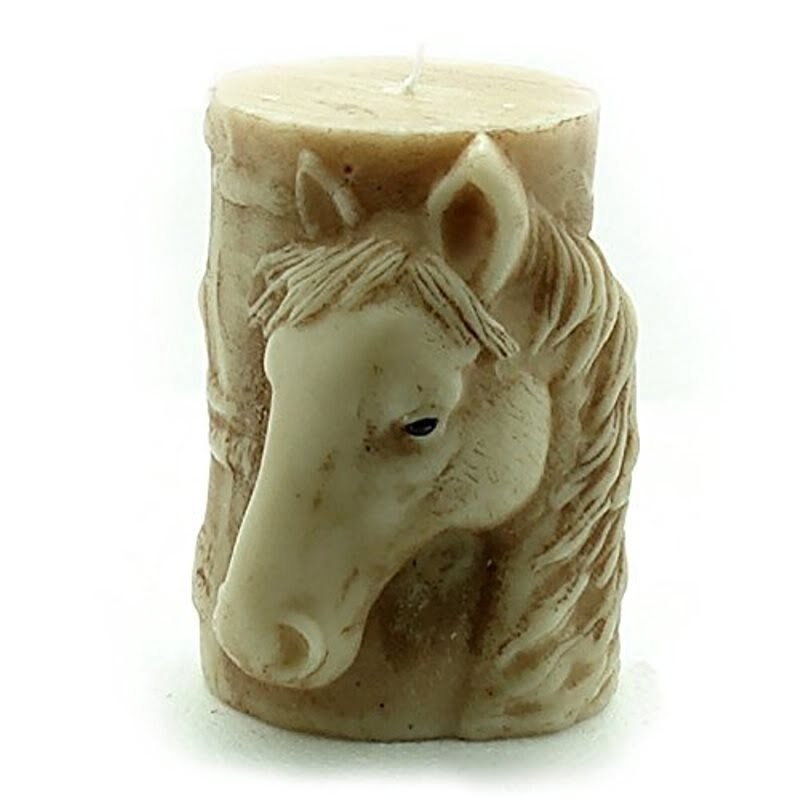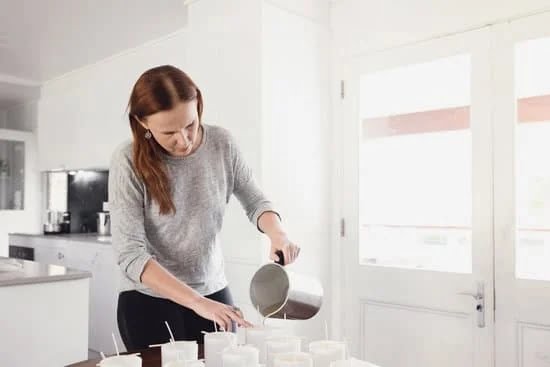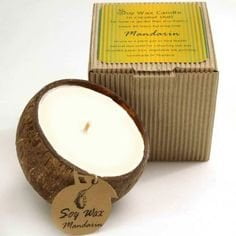Candle making is a timeless craft that has been practiced for centuries, from ancient times to modern practices. The art of candle making not only offers a creative outlet for individuals but also provides a rewarding experience through the creation of unique and personalized candles. In this article, we will explore the essential materials used in making candles, including wax, wicks, and fragrances, as well as the history and various techniques involved in this beautiful craft.
The process of making candles involves a variety of materials and techniques that contribute to the overall quality and appearance of the finished product. From choosing the right wax to selecting the perfect fragrance and decorating techniques, every step in candle making requires attention to detail. Whether you are a beginner or an experienced candle maker, understanding the different materials used is crucial in achieving successful results.
In this comprehensive guide, we will delve into the history of candle making, from its ancient origins to modern practices. We will also explore the importance of quality materials such as wax, wicks, and fragrances in creating beautiful and aromatic candles.
Additionally, we will discuss safety tips for handling these materials to ensure a safe and enjoyable candle-making experience. Join us as we embark on a journey into the world of candle making and discover the creativity and satisfaction it brings.
History of Candle Making
Candle making is an ancient art that has been practiced for centuries, with the earliest known candles dating back to around 3000 BC. The earliest candles were made from natural materials such as tallow or beeswax, and were used by ancient civilizations for religious ceremonies, illumination, and as a practical light source. In ancient Egypt, tallow candles were commonly used, while the ancient Romans are credited with developing the first true dip candle made from tallow or beeswax.
In the Middle Ages, candle making became more sophisticated, with the introduction of molds and the use of beeswax. Beeswax candles were highly prized for their sweet scent and clean-burning properties. However, due to the high cost of beeswax, they were typically reserved for use in churches or by wealthy individuals. During this time, tallow candles remained the most common type of candle used by the general population.
The Industrial Revolution brought about significant changes in candle making practices, with the invention of the stearin candle in the 19th century providing a cheaper alternative to traditional tallow and beeswax candles. This was followed by further innovations such as paraffin wax and machine-made molded candles in modern times. Today, candle making has evolved into a creative and diverse craft that utilizes a wide range of materials and techniques to produce beautiful and functional candles for various purposes.
Essential Materials Used in Candle Making
The art of candle making involves a variety of essential materials that are crucial to creating the perfect candle. The three most important components in candle making are wax, wicks, and fragrances. Each of these materials plays a significant role in determining the quality, performance, and appearance of the finished product.
When it comes to choosing the right wax for your candles, there are several options available in the market. Paraffin wax is one of the most commonly used waxes due to its affordability and ability to hold color and fragrance well. Soy wax is another popular choice as it is natural, renewable, and biodegradable.
Beeswax, on the other hand, is known for its subtle honey scent and clean-burning properties. Each type of wax has its own unique characteristics and benefits, so it’s important to consider your specific needs and preferences when making a selection.
In addition to the type of wax used, selecting the appropriate wick is also crucial in candle making. The size and material of the wick significantly impact how the candle burns. Choosing a wick that is too small can result in an uneven burn pool, while a wick that is too large may cause sooting and smoking.
It’s essential to match the correct wick size with the type of wax being used to ensure optimal burning performance. Lastly, fragrances are an integral part of candle making as they add a delightful scent to the finished product. Whether using essential oils or fragrance oils, selecting high-quality scents is essential for creating candles with long-lasting aroma.
These essential materials serve as the foundation for crafting beautiful candles that not only look aesthetically pleasing but also provide a soothing ambiance when lit. By understanding the significance of wax, wicks, and fragrances in candle making, enthusiasts can enhance their skills and create high-quality candles at home.
| Essential Candle Making Materials | Description |
|---|---|
| Wax | Includes paraffin, soy, beeswax; determines color retention and burning properties |
| Wicks | Determines burning performance; size and material must match type of wax |
| Fragrances | Essential oils or fragrance oils; adds delightful scents to candles |
Choosing the Right Wax
When it comes to making candles, choosing the right wax is essential to the overall quality and performance of the final product. There are several types of wax commonly used in candle making, each with its own unique characteristics and benefits. Understanding the differences between paraffin, soy, and beeswax can help you make an informed decision when selecting the best wax for your candle making projects.
Paraffin Wax
One of the most widely used waxes in candle making, paraffin wax is derived from petroleum and is known for its excellent scent throw and ability to hold vibrant colors. It has a great burning scent that helps promote a consistent burn throughout the life of the candle.
Soy Wax
Soy wax is a natural, renewable alternative to paraffin wax. Made from soybean oil, this wax has gained popularity among eco-conscious consumers due to its lower environmental impact. Soy wax also has a clean-burning reputation and excellent scent throw capabilities.
Beeswax
Beeswax is another natural option for candle making, known for its subtle honey-like aroma and beautiful golden color. While it may be more expensive than other waxes, beeswax has a long burn time and produces a warm glow when lit.
Ultimately, the choice of wax for your candles will depend on your personal preferences and the specific qualities you’re looking for in your finished product. Whether you prioritize environmental sustainability with soy wax or traditional qualities with paraffin or beeswax, understanding these differences will help you make an informed decision when creating your own homemade candles.
The Importance of Quality Wicks
When it comes to candle making, choosing the right wick is crucial for the overall performance and burning quality of the candle. There are various types and sizes of wicks that cater to different candle materials and purposes. Understanding how wicks affect candle performance is essential for any candle maker.
Types of Wicks:
- Cotton Wicks: These are the most commonly used wicks in candle making. They are known for their clean burn and minimal soot production. Cotton wicks come in various sizes and are suitable for different wax types.
- Wooden Wicks: These innovative wicks offer a unique aesthetic and crackling sound when lit. They are often used in soy or beeswax candles and require specific care during the pouring process.
- Zinc-Core Wicks: These wicks contain a small zinc core to provide structure and stability during burning. They are ideal for paraffin wax candles but should be used with caution as they may produce some soot.
Sizes of Wicks:
– Choosing the right wick size depends on the diameter of the candle container or mold being used. It is important to match the wick’s size with the specific diameter to ensure an even burn and proper wax consumption.
How They Affect Candle Performance:
The type and size of a wick directly impact how a candle burns. A wick that is too small may result in tunneling, where only a small hole burns through the center of the candle, while a wick that is too large may cause excessive smoking or sooting. Understanding how different wick materials, types, and sizes affect candle performance is key to creating high-quality candles with excellent burning characteristics.
Overall, quality wicks are an essential component in the art of making candles. By selecting the appropriate type and size of wick for your specific materials used making candles, you can ensure optimal burning performance and a satisfying end product.
Adding Scent
Adding fragrance to candles is an essential step in the candle making process. The scent of a candle can create a warm and inviting atmosphere, enhance relaxation, or even uplift one’s mood. There are various types of fragrances and essential oils that can be used to add scent to candles, each with its own unique properties and benefits.
Types of Fragrances
There are two main types of fragrances used in candle making: synthetic fragrances and essential oils. Synthetic fragrances are created in a laboratory and offer a wide range of scents that may not be achievable with essential oils alone. On the other hand, essential oils are derived from natural plant sources and provide aromatherapeutic benefits in addition to their scent.
Choosing the Right Fragrance
When selecting a fragrance for candle making, it is important to consider the purpose of the candle and the desired effect on the user. For example, lavender essential oil is known for its calming properties, making it an ideal choice for relaxation candles. On the other hand, citrus scents like lemon or orange can create a refreshing and energizing atmosphere.
Methods of Adding Scent
Fragrances can be added to candle wax at different stages of the candle making process. Some crafters prefer to add fragrances during the melting process, while others might add them just before pouring the wax into molds. It is crucial to follow specific guidelines for each fragrance type to ensure that it blends well with the wax and achieves optimal scent throw when burned.
Coloring and Decorating Techniques
When it comes to candle making, the creative possibilities are endless. Beyond choosing the right wax and wick, adding color and decorative elements can take your candles to the next level. Here are some popular coloring and decorating techniques to consider for your next candle-making project:
1. Dyes: Adding color to your candles can be as simple as using liquid or block dyes specifically designed for candle making. These dyes come in a variety of colors and can be mixed to create custom shades. Whether you prefer pastel hues or bold, vibrant tones, dyes allow you to customize the look of your candles with ease.
2. Embeds: Embeds are decorative objects that are added to the surface or within the body of a candle. Common embeds include dried flowers, herbs, glitter, and small figurines. When using embeds, it’s important to consider their flammability and how they may affect the burning performance of the candle.
3. Unique Design Ideas: Get creative with your candle designs by experimenting with different textures and shapes. Consider layering different colored waxes to create a unique striped or ombre effect. You can also use molds to create novelty-shaped candles, such as stars, hearts, or even food items like cupcakes or fruit shapes.
By incorporating these coloring and decorating techniques into your candle making process, you can elevate the aesthetic appeal of your creations while adding a personal touch. Remember to always prioritize safety when using any materials used making candles in order to enjoy the art of candle making without any risk involved.
Safety Tips for Handling and Using Candle Making Materials
When it comes to the art of candle making, safety should always be a top priority. Handling and using the materials involved in making candles requires caution and attention to detail to ensure a safe and enjoyable experience. Whether you’re a beginner or experienced candle maker, following these safety tips will help you create your candles without any accidents.
First and foremost, it’s crucial to work in a clean and organized environment. This means keeping your work area free of clutter and ensuring that all surfaces are stable and heat-resistant. Additionally, be sure to have all necessary safety equipment on hand, such as heat-resistant gloves, goggles, and an apron to protect yourself from hot wax and potential spills.
Another important aspect of candle making safety is handling the materials with care. Whether you’re working with paraffin, soy, or beeswax, it’s essential to follow proper handling instructions to prevent burns or other injuries. Be mindful of the temperature at which you melt your wax and always use a double boiler or melting pot specifically designed for candle making purposes.
Furthermore, when adding fragrances and essential oils to your candles, be sure to do so in a well-ventilated area to avoid inhaling strong fumes. It’s also important to handle dyes and coloring agents with care to prevent skin irritation or staining. By taking these precautions when working with the materials used in making candles, you can enjoy a safe and rewarding creative process.
Conclusion
In conclusion, the art of making candles at home is not only a creative and rewarding process but also a way to connect with history and tradition. From ancient times to modern practices, the craft of candle making has evolved, but the essential materials remain the same. The choice of wax, wicks, fragrances, and coloring techniques all contribute to the unique and personal touch that homemade candles can bring to any space.
When it comes to the materials used in making candles, it is important to consider not only their quality but also safety measures. Quality wicks and proper handling of hot wax are essential for a successful and safe candle making experience. The choices made in selecting materials also impact the performance and aesthetic appeal of the final product.
Exploring the world of fragrances and essential oils offers endless possibilities for creating custom scents. Whether it’s floral, fruity, or earthy, adding scent to your candles allows for personal expression and creativity. With so many options available for customization, making candles at home is a truly fulfilling activity that brings warmth and light into any environment using a few essential materials used in candle making.
Frequently Asked Questions
What Materials Are Used to Make Candles?
Candles are made from a variety of materials, but the most common include wax (such as paraffin, soy, or beeswax), wicks, and fragrance or color additives. The type of wax used can determine the candle’s burn time and scent throw.
What Items Are Needed for Candle Making?
To make candles, you’ll need the basic materials like wax, wicks, fragrance oils, and dyes. You’ll also need a heat source for melting the wax (like a double boiler or microwave), a thermometer to monitor wax temperature, and containers or molds to shape the candles.
What Are the Raw Materials Used in Candle Industry?
In the candle industry, raw materials such as different types of waxes (like paraffin or soy), stearic acid (to harden the wax), fragrances or essential oils, and colorants are commonly used. These materials are essential for creating candles with desired scents and colors for consumers’ preferences.

Welcome to my candle making blog! In this blog, I will be sharing my tips and tricks for making candles. I will also be sharing some of my favorite recipes.





